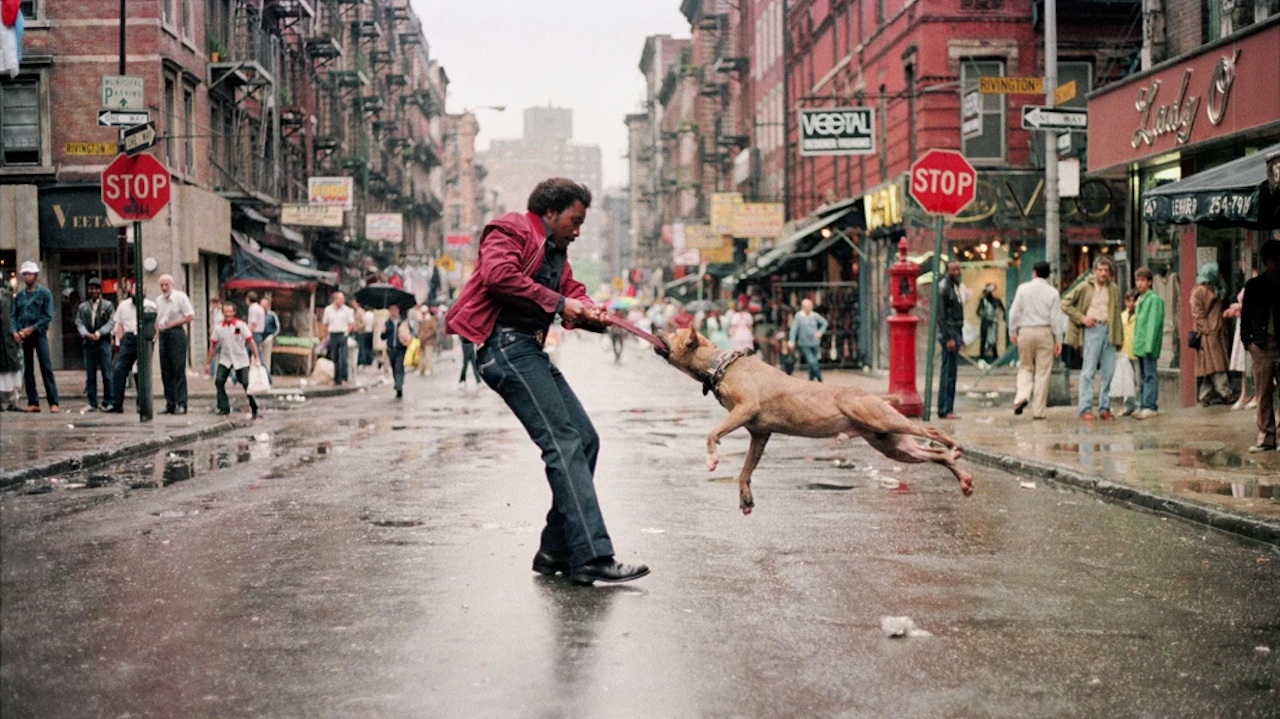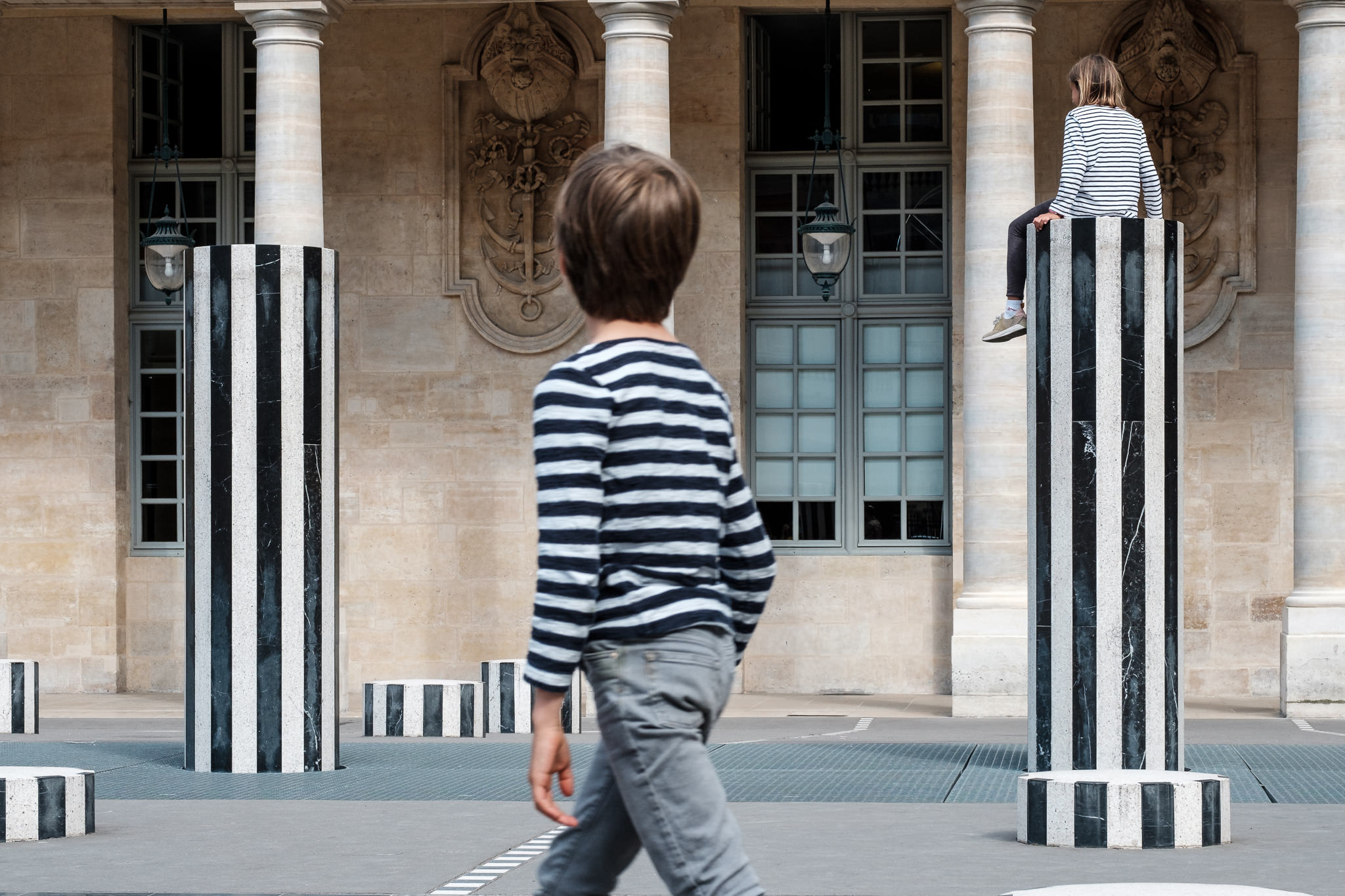Not known Facts About Street Photographers
Not known Facts About Street Photographers
Blog Article
Street Photographers - The Facts
Table of ContentsThe smart Trick of Street Photographers That Nobody is DiscussingThe Street Photographers PDFsThings about Street PhotographersStreet Photographers for DummiesThe Only Guide for Street Photographers
Street professional photographers do not always have a social objective in mind, however they favor to separate and capture minutes which might or else go unnoticed.Though he was influenced by a lot of those who influenced the street photographers of the 1950s and '60s, he was not mainly interested in recording the spirit of the street. The impulse to aesthetically record people in public started with 19th-century painters such as Edgar Degas, douard Manet, and Henri de Toulouse-Lautrec, who functioned side by side with photographers attempting to record the significance of city life.
Since of the fairly primitive innovation readily available to him and the lengthy direct exposure time required, he struggled to catch the stress of the Paris roads. He trying out a collection of photo methods, attempting to locate one that would enable him to catch motion without a blur, and he discovered some success with the calotype, patented in 1841 by William Henry Fox Talbot. While the photographers' subject was essentially the same, the results were markedly different, demonstrating the influence of the digital photographer's intent on the personality of the pictures he created.
The 10-Second Trick For Street Photographers
Provided the great high quality of his photographs and the breadth of material, architects and artists frequently acquired Atget's prints to utilize as reference for their very own work, though industrial rate of interests were hardly his primary inspiration. Rather, he was driven to photograph every last residue of the Paris he loved. The mingled interest and urgency of his objective sparkle through, causing pictures that tell his own experience of the city, high qualities that anticipated road digital photography of the 20th century.

Unlike his peers, Brassa utilized a larger-format Voigtlnder camera with a longer direct exposure time, forcing him to be more computed and thoughtful in his technique than he could have been if using a Leica.

Street Photographers - Truths
It is because of this essential understanding of the art of image taking that he is often credited with rediscovering the medium around once more about a century because its creation. He took pictures for even more than a half century and influenced generations of digital photographers to trust their eye and instinct in the minute.
These are the dig this inquiries I shall try to answer: And after that I'll leave you with my own interpretation of street photography. Yes, we do. Allow's start with specifying what a definition is: According to it is: "The act of specifying, or of making something guaranteed, distinct, Click This Link or clear".
No, definitely not. The term is both limiting and misinforming. Appears like a road photography should be images of a roads best?! And all road professional photographers, except for a handful of outright beginners, will fully appreciate that a road is not the crucial element to road digital photography, and really if it's an image of a street with perhaps a couple of boring people doing absolutely nothing of rate of interest, that's not road photography that's a photo of a street.
The Basic Principles Of Street Photographers
He makes a valid factor don't you assume? Nonetheless, while I agree with him I'm unsure "candid public digital photography" will catch on (although I do kind of like the term "candid photography") due to the fact that "road digital photography" has been around for a very long time, with many masters' names connected to it, so I believe the term is below to stay.
Inside?! I hear you scream as you tremble your fist to the skies. Why not? You can contend the coastline, at a celebration, in an alley, in a park, in a piazza, in a coffee shop, at a museum or art gallery, in a city terminal, at an occasion, on a bridge, under a bridge ...
Yes, I'm terrified we have no option! Without rules we can not have a definition, and without a meaning we do not have a genre, and without a category we do not have anything to define what we do, therefore we are embeded a "guidelines meaning category" loop! And no-one intends to obtain stuck in a loophole. - Street Photographers

Report this page